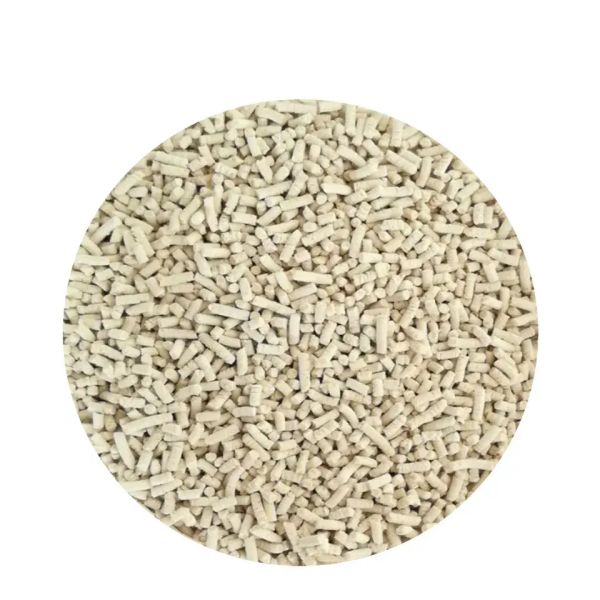
Dec . 04, 2024 12:21 Back to list
Imidacloprid Efficacy Against Thrips in Agricultural Applications and Pest Management Strategies
Imidacloprid and Its Efficacy Against Thrips
Imidacloprid, a widely used neonicotinoid insecticide, has gained substantial attention in agricultural circles due to its effectiveness in controlling a variety of pests, particularly thrips. Thrips are small, slender insects that belong to the order Thysanoptera and are notorious for their ability to damage crops and transmit plant viruses. The use of imidacloprid against thrips has become an integral part of integrated pest management (IPM) strategies, aimed at sustainable agriculture while ensuring crop yield and quality.
Understanding Thrips
Thrips can severely affect numerous crops, including ornamental plants, fruits, and vegetables. They feed by puncturing plant tissues and sucking out the cellular fluids, which not only leads to direct damage but also reduces plant vigor and productivity. Moreover, thrips are vectors for several viral diseases, complicating their management and necessitating the adoption of effective control measures.
Mechanism of Imidacloprid
As a systemic insecticide, imidacloprid works by targeting the nervous system of insects. Specifically, it binds to nicotinic acetylcholine receptors, disrupting the normal transmission of nerve impulses. This results in paralysis and ultimately death of the insect. Its systemic nature allows for the treatment to be absorbed by the plant, providing protection against pests that may feed on various parts of the plant, including those that are not directly sprayed. This makes imidacloprid particularly effective against thrips, which are often hidden in tight spaces or within the foliage.
Efficacy Against Thrips
imidacloprid thrips

Numerous studies have demonstrated the efficacy of imidacloprid in controlling thrips infestations. Research indicates that imidacloprid can significantly reduce thrips populations in various crops, resulting in reduced damage and improved yield. For example, in both controlled experiments and field trials, crops treated with imidacloprid showed a marked decrease in thrips numbers compared to untreated controls. The ability of imidacloprid to remain active in the plant system for an extended period further enhances its effectiveness, providing prolonged protection against new thrips populations.
Application Methodologies
Imidacloprid can be applied using various methods, including foliar sprays, soil drenching, or as a seed treatment. The choice of application method often depends on the specific crop and the extent of thrips infestation. For example, soil applications may be more beneficial for long-term crops, while foliar sprays can be effective for quick knockdown of existing populations.
Environmental Considerations
While imidacloprid is effective against thrips, its use has raised environmental concerns, particularly regarding its impact on non-target organisms, including pollinators. The neonicotinoid class, including imidacloprid, has been linked to declines in bee populations, prompting calls for more judicious use and integrated approaches to pest management that minimize ecological risk. Farmers are encouraged to apply imidacloprid in conjunction with other pest management strategies, such as the use of biological control agents and cultural practices that reduce pest pressure.
Conclusion
Imidacloprid has undoubtedly made a significant impact in the fight against thrips, providing an effective solution for pest management in various crops. However, understanding its mechanisms, application methodologies, and ecological implications is critical for sustainable agricultural practices. As the agricultural community moves towards more holistic approaches, integrating imidacloprid with other pest control methods can help ensure crop health while also protecting the environment. Through responsible use, imidacloprid can remain a valuable tool in the ongoing battle against thrips and other agricultural pests.
-
Azoxystrobin Fungicide: Advanced Crop Protection Solutions
NewsAug.22,2025
-
Willowood Imidacloprid: Best Broad-Spectrum Insecticide Solution
NewsAug.22,2025
-
Atrazine Herbicide: Selective & Effective Weed Control for Sale
NewsAug.21,2025
-
Azoxystrobin: Broad-Spectrum Fungicide Solutions
NewsAug.11,2025
-
Best EPA Boscalid: Superior Crop Fungicide for Max Yields
NewsAug.11,2025
-
Best Willowood Imidacloprid: Superior Pest Control Solutions
NewsAug.10,2025
